MORION (BLACK QUARTZ)
 Characteristics of the mineral.
Characteristics of the mineral.
Morion - black and dark brown almost opaque quartz (silicon oxide), only thin sections of the morion show through. There is no synthetic morion (its natural reserves are sufficient). Morion slicks beginners can be confused with obsidian (never happens in crystals) or black onyx. The hexagonal sharp crystal of the morion is difficult to confuse with anything else. Superpopular with the magicians. In the jewelry industry, only annealed moriones are used for faceting, which have acquired wine yellow and yellow color during the annealing process and are converted into citrine. The correct crystals of the morion will adorn any mineralogical collection and arsenal of the practicing magician (meditation).
Morion - a quartz of black color, translucent only in thin chips, resembling resin (hence its name, which was used by Ural miners - resins). Deposits of smoky quartz and morion, associated with miarolic pegmatites and formed during their destruction by placers, are known in the CIS (Ukraine, Kazakhstan, etc.), Brazil, Britain, Switzerland, the USA, Mozambique, Madagascar.
Although the moriones do not refer to traditional (conventional) gems, trade and movement of these stones in Ukraine is controlled by the state and is limited (especially the moraines of the Volodar-Volynsky pegmatite field in the Zhytomyr region of Ukraine). Morions are not inserted into serial industrial jewelry. From the territory of Ukraine it is possible to withdraw up to 10 pieces or about 1 kg of transferred moriones, regardless of the degree of their transparency and defectiveness - the law on licensed types of activity (this is a strictly non-licensed stone) does not apply to morions. Untrained and untreated morions ("as is") can be taken out to 10 kg of weight. The import of morion into the territory of Ukraine is not limited on condition of payment of customs duties and fees (formal customs clearance). This is a high-quality valuable and expensive stone.
Ukrainian moriones differ from their foreign counterparts in that they almost always remain somewhat transparent to the gleam, they are not completely opaque (they are not resin from the Urals, Russia) and have a beautiful honey-golden hue. In some cases, such moriones pass into smoky quartz (Raukhkvar, out-of-date - rauchtopazy) and even into beautiful golden citrine and transparent rock crystal (dark inside, light outside the crystal). Polychrome morions with pronounced color transitions are rare and highly valued in the world market.
Magic properties of stones.
Morion is a recognized stone of alchemists. It was used by them to find a philosophical stone (not to be confused with radioactive uraninite !!) and during experiments in the manufacture of gold. Morion is absolutely useless for ordinary mortals. But the morion is a talisman of magicians, wizards, and soothsayers, who are superpopular. He gives the opportunity to communicate with the forces that provide the owner with knowledge about the afterlife of dead people, is not always pleasant. Morion can influence through his beloved master not only on individuals, but also on sets at once, that is, he gives the opportunity to lead the crowd. However, used for mercenary purposes, the stone will terribly take revenge on its owner, although it will not prevent it. Such a person can fall into insanity, from which there is no return. The stone must often be washed with water. Used earlier in the satanic rites, but today came out of Satanists and became the stone of the blessed and honest magicians (right up to meditation).
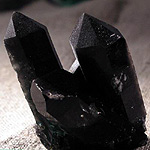

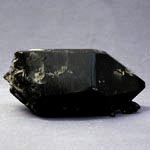
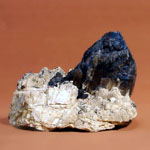
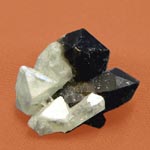
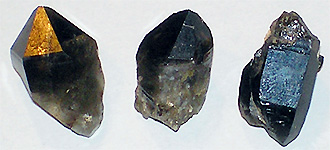

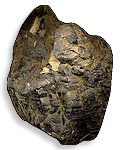

Poisonous and radioactive dangerous stones and minerals
** - poisonous stones and minerals (mandatory check in the chemical laboratory + explicit indication of toxicity).
** - radioactive stones and minerals (mandatory check on the standard dosimeter + ban on open sales in the case of radioactivity over 24 milli / g / h + additional measures of population protection).
All rare stones are subject to mandatory inspection at the standard dosimeter for the permissible level of radiation and in the chemical laboratory for the absence of poisonous and evaporating components that are dangerous to humans and the environment.


Comments
When commenting on, remember that the content and tone of your message can hurt the feelings of real people, show respect and tolerance to your interlocutors even if you do not share their opinion, your behavior in the conditions of freedom of expression and anonymity provided by the Internet, changes Not only virtual, but also the real world. All comments are hidden from the index, spam is controlled.